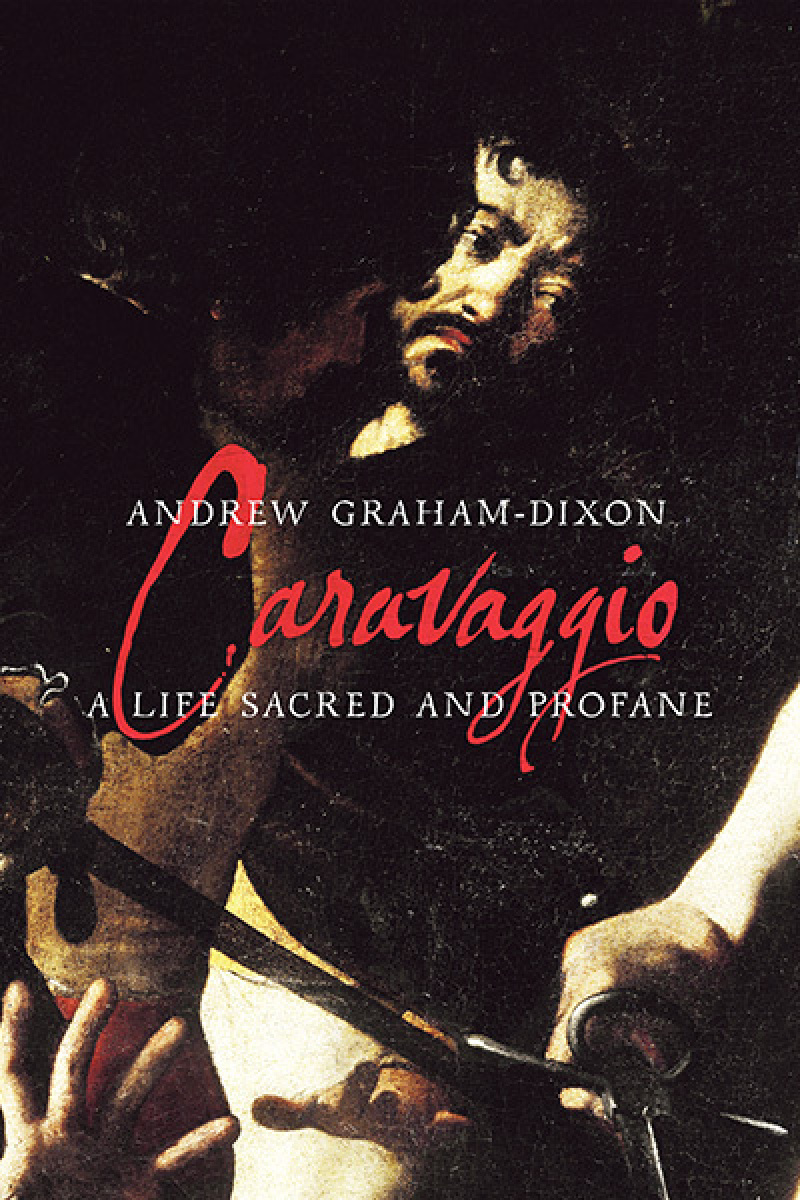Caravaggio: A Life Sacred and Profane

Caravaggio: A Life Sacred and Profane
Michelangelo Merisi da Caravaggio (1571-1610) lived the darkest and most dangerous life of any of the great painters. The worlds of Milan, Rome and Naples through which Caravaggio moved, and which Andrew Graham-Dixon describes brilliantly in this book, are those of cardinals and whores, prayer and violence. The patrons of the church competed to have the leading artists of the day in their households, and the artists jostled for their favour. On the streets surrounding the churches and palaces, brawls and swordfights were regular occurrences. In one such fight, Caravaggio, a particularly violent man, killed Ranuccio Tomassoni, a pimp, and fled afterwards to Naples and then Malta, home to the Knights of St John, where he escaped from prison following his conviction for another vicious assault. Fleeing once more he fell victim himself to a crippling vendetta attack. Shortly afterwards, he died while returning to Rome to seek a papal pardon for his crimes. He was thirty-eight years old.
In the course of this desperate life Caravaggio created the most dramatic paintings of his age, using ordinary men and women – often prostitutes and the very poor – to model for his depictions of classic religious scenes. Andrew Graham-Dixon’s exceptionally illuminating readings of Caravaggio’s pictures, which are the heart of the book, show very clearly how he created their drama, immediacy and humanity, and how completely he departed from the conventions of his time.
For 400 years Caravaggio’s tumultuous life and mysterious death have been surrounded by speculation. This is the first biography to present all the main evidence at first hand, often through recently discovered documents, allowing readers to see for themselves exactly what Caravaggio was doing and who he knew. Startling new light is shed on the friendships and enmities that shaped his art and brought about his premature death, of which Graham-Dixon now gives the most convincing account yet published. The result is a compellingly vivid portrait, not only of a great painter but of Italy at the height of the Counter-Reformation.
 Andrew Graham-Dixon
Andrew Graham-Dixon
